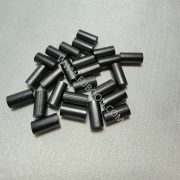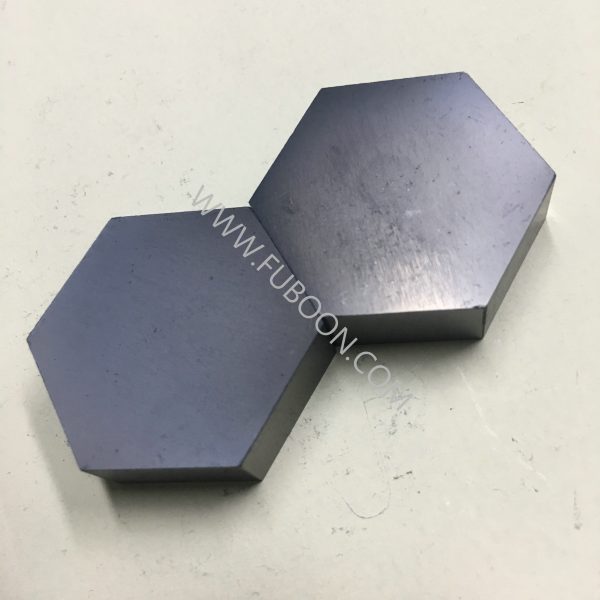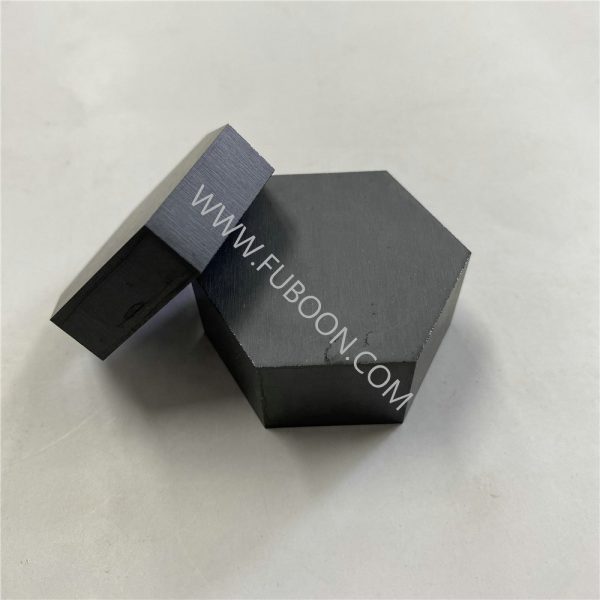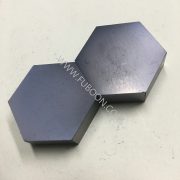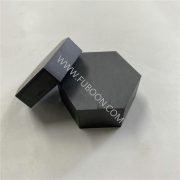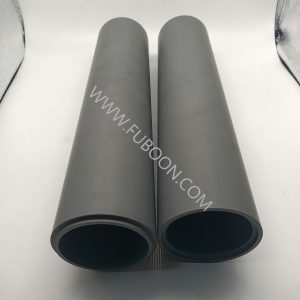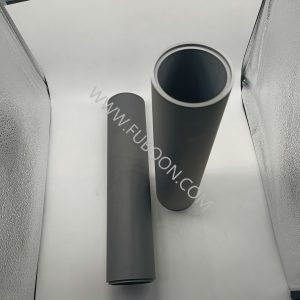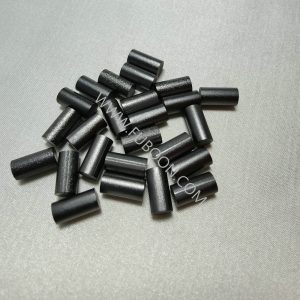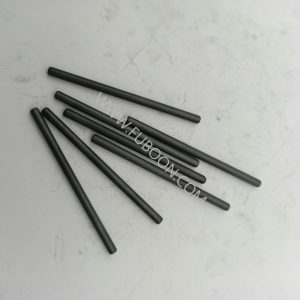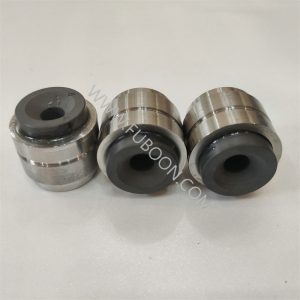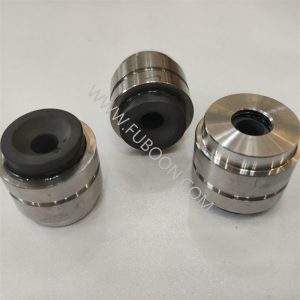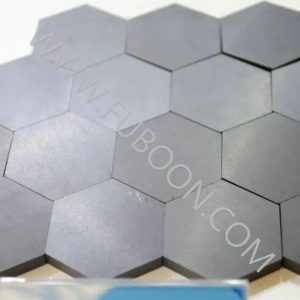Boron carbide is smelted from boric acid and powdered carbon in electric furnace under high temperature. Depending on hardness of
4950kgf/mm2, It is even harder than diamond and cubic boron nitride. Because of their high strength, low density, corrosion
resistant, high temperature resistant, low thermal conductivity, high modulus of elasticity, it is ideal for a wide variety of
applications.Boron Carbide is one of the hardest man-made materials available in commercial quantities that has a finite melting point low
enough to permit its relatively easy fabrication into shapes. Some of Boron Carbide’s unique properties include: high hardness,
chemical inertness, and a high neutron absorbing cross section.
Boron Carbide Ceramic B4C Protective plate
- Description
- Inquiry
High Hardness Hexagonal Boron Carbide Ceramic B4C Protective plate
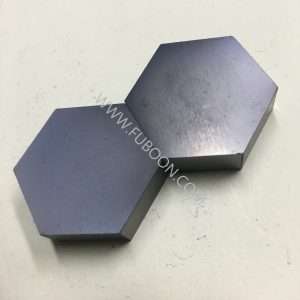
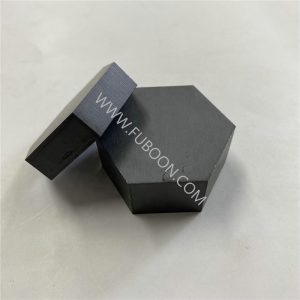
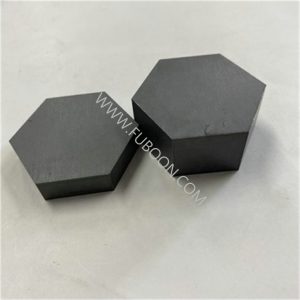
Product Description
Product Name | High Hardness Hexagonal Boron Carbide Ceramic B4C Protective Substrate |
Forming Method | Thermal casting/drying press/extrusion |
| Application | it is widely used in paints,refractory, inorganic mineral powders industries. |
Boron carbide ceramic:
Boron Carbide Ceramic B4C Protective plate
Feature:
High hardness
High modulus
High thermal conductivity
High melting point Wear resistance
High bending strength and fracture toughness
Low density
Light weight
Application:
With above performance, now many customers choose the boron carbide material used especially in body protection.
reactor neutron absorber. In addition, compared with the diamond and cubic boron nitride, boron carbide is easier to manufacture
with low cost, and therefore is is more widely used in grinding, drilling and others.
Boron Carbide Ceramic B4C Protective plate
Technical Data
Boron Carbide (B4C) Properties
Name | Unit | B4C |
Density | g/cm3 | >2.48 |
Porosity | % | <0 5 |
Vickers Hardness | HV1(GPa) | 26 |
Young’s Modulus | GPa | 410 |
Flexural Strength | MPa | 460 |
Compressive Strength | MPa | >2800 |
Fracture Toughness | MPa. m0.5 | 5 |
Coefficient of thermal expansion 25℃-500℃ 500℃-1000℃ | 10-6/K | 4.5 |
Thermal conductivity at 25℃ | W/mK | 36 |
Specific electrical resistance at 25℃ | Ω cm | 1 |

